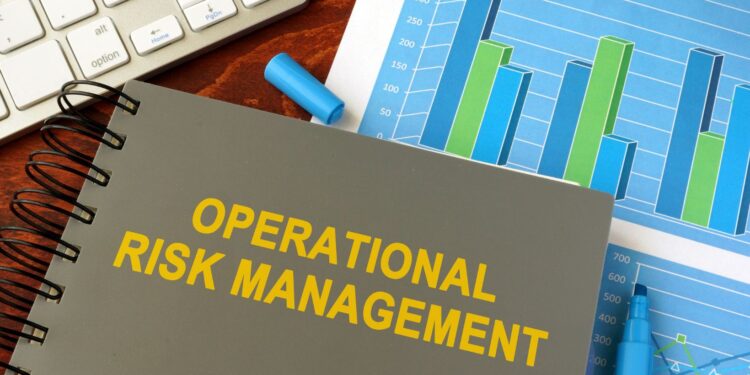Diving headfirst into the world of risk management, it’s crucial to understand a key player: operational risk management. But what exactly does this term mean? In simplest terms, operational risk management is the comprehensive process of identifying, assessing, and taking corrective action against potential risks that could negatively impact an organization’s operations.
Now let’s pinpoint a statement that best describes this essential discipline. Operational risk management can be best described as a continuous cycle of identifying potential risks in business operations and implementing strategies to mitigate these risks while maintaining compliance with regulatory standards. It’s about striking a balance between safeguarding your organization from adverse events while optimizing overall performance.
Which Statement Best Describes Operational Risk Management
Let’s dive right into the heart of operational risk management (ORM). To put it simply, ORM is a continuous process that involves identifying, assessing, deciding on responses to, and reporting on opportunities and risks that could impact an organization’s operations.
What is Operational Risk?
Operational risk can be described as the potential for loss resulting from inadequate or failed internal processes, people, systems or from external events. It’s like a shadow lurking behind every business decision; it can’t be completely eliminated but it certainly can be managed. For instance, imagine you run a manufacturing firm. Operational risks might include equipment failure leading to production stoppage or even an employee error causing product defects.
Importance of Managing Operational Risk
Why should we care about managing operational risk? Well, unattended operational risks can lead to significant financial losses and reputational damage. Remember the infamous case of Barings Bank? A single trader managed to bring down Britain’s oldest merchant bank because of lackadaisical operational risk controls!
Organizations today are increasingly recognizing the importance of effective ORM practices:
- ORM helps in safeguarding an organization’s reputation by minimizing chances of negative publicity.
- It decreases financial losses associated with business disruptions.
- Moreover, regulators across sectors are now requiring firms to have robust ORM frameworks in place. Non-compliance isn’t just costly—it could mean game over for your business!
Managing operational risk isn’t merely about avoiding downside though; there’s plenty of upside too! Effective ORM can enhance decision making by providing valuable insights into process inefficiencies and system vulnerabilities. This knowledge empowers organizations to make better strategic decisions and seize opportunities that others may see as too risky.
In our rapidly evolving business environment where change is constant and uncertainty seems like the only certainty—operational risk management is no longer optional; it’s crucial!

Key Components of Operational Risk Management
Let’s dive into the fascinating world of operational risk management. It’s a vast field, but I’ll break it down into three main areas: risk identification, risk assessment, and risk monitoring and control.
Risk Identification
The first step on our journey is risk identification. This process involves pinpointing potential threats that could negatively impact an organization’s operations. For example, imagine you’re running a software company – risks could include anything from system failures to cyber-attacks or even human error.
Identifying risks isn’t always straightforward. It requires a deep understanding of your business environment, processes and systems. Industry trends and regulatory changes need to be taken into account too.
To simplify this process some organizations use tools like SWOT analysis (Strengths, Weaknesses, Opportunities and Threats), which can help in identifying both internal and external risks.
Risk Assessment
Once we’ve identified potential risks, the next step is to assess their likely impact and probability of occurrence – welcome to the world of risk assessment!
Here we’re looking at two key factors:
- The likelihood that a particular threat will occur.
- The potential impact if it does happen.
For instance, while there might be a low likelihood of an earthquake hitting your office building (depending on where you live), the impact would be catastrophic if it did happen.
Risk assessments aren’t just about doom and gloom though! They also involve identifying opportunities that arise from these risks – turning lemons into lemonade so to speak!
Risk Monitoring and Control
Last but not least is risk monitoring and control stage – this is where we keep tabs on identified risks over time.
Regular monitoring ensures there are no nasty surprises down the line; staying vigilant helps us nip any emerging issues in the bud before they can cause real damage.
Control measures might include implementing new procedures or controls designed to mitigate specific risks – for example, introducing regular data backups to protect against IT system failures.
So there you have it. The key components of operational risk management boiled down into three digestible parts. But remember, this is a continuous process; effective risk management requires constant vigilance and adaptation to changing circumstances.














